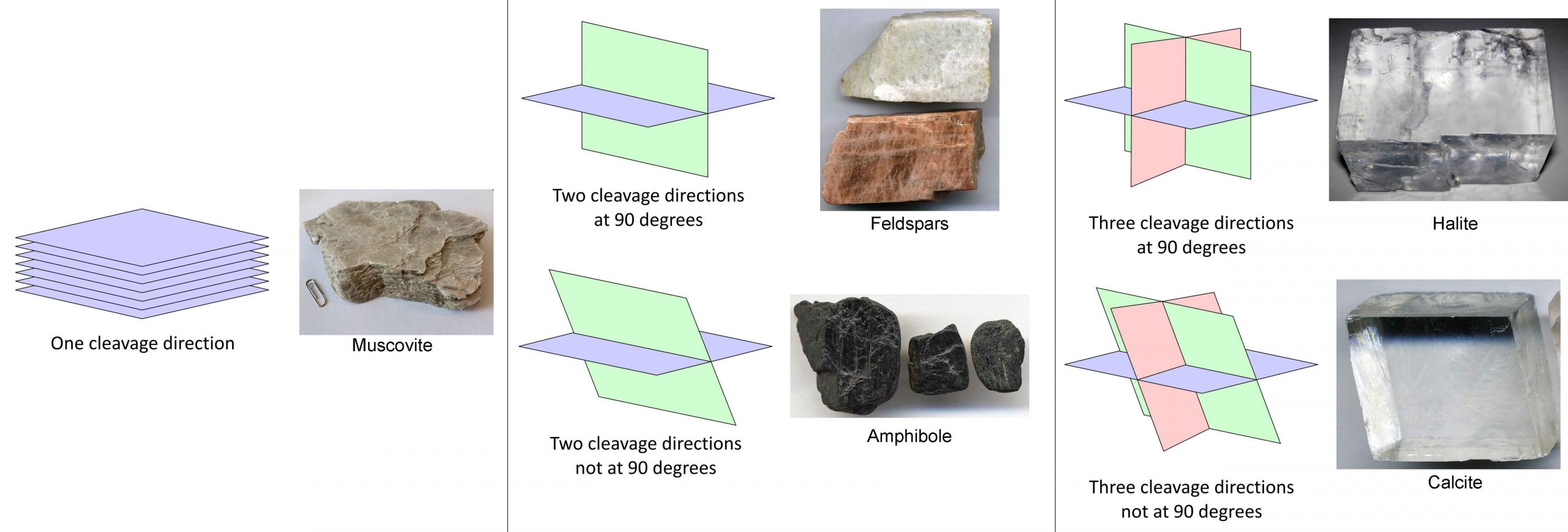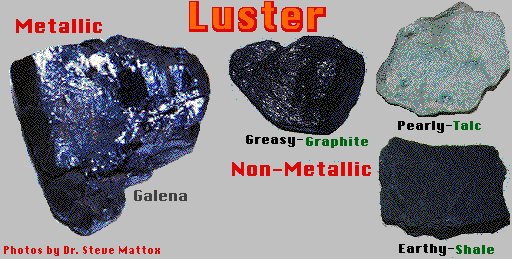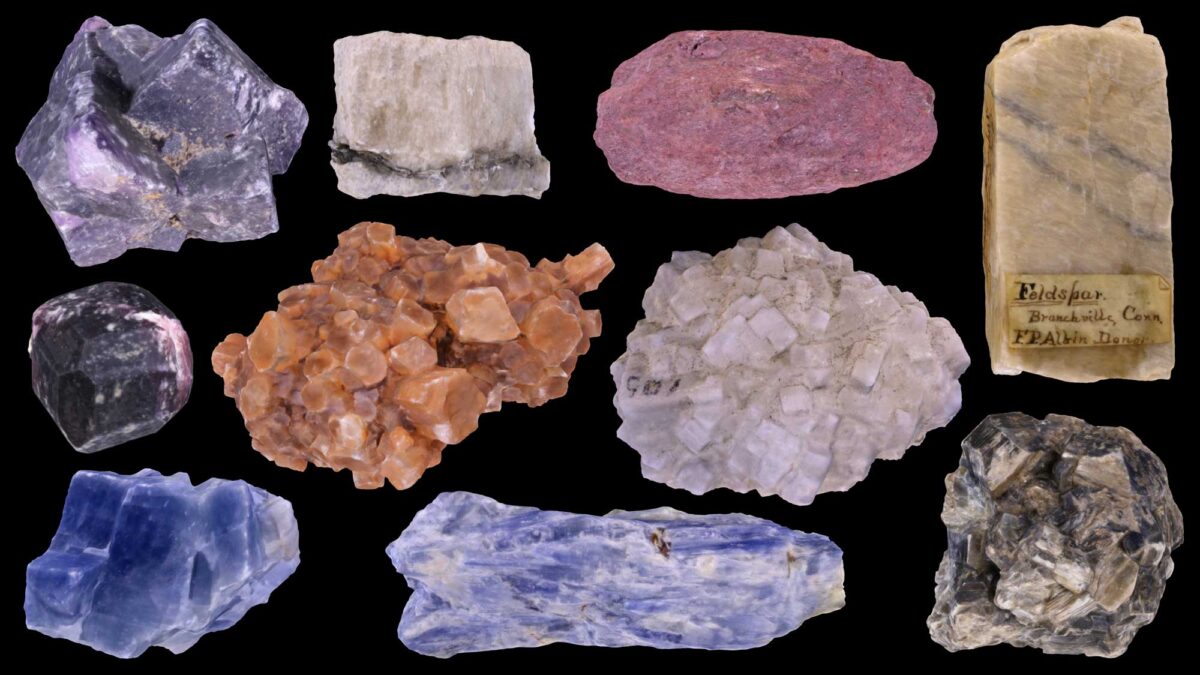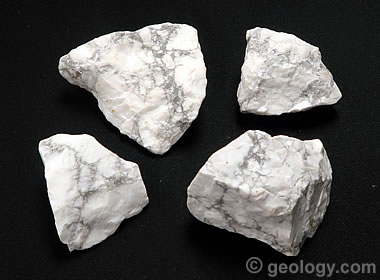What Common Minerals May Scratch The Ceramic Streak Plate

Some minerals that may exhibit fluorescence are fluorite scheelite calcite scapolite willemite and autunite.
What common minerals may scratch the ceramic streak plate. The streak plates shown here have a hardness of 7 5. When the test fails the unknown mineral is then harder than your fingernail. Streak colors of common minerals. Sometimes pieces of minerals are added to different kinds of soap to make the soap gritty so it can scrub off really tough dirt or scum.
The steel file is able to scratch minerals with hardness of 6 5 down to 1 and does not give you any precise information. Streak plates have a mohs hardness of around 7 but be sure to check your streak plate against a piece of quartz hardness 7 because some are softer and some harder. Flame the loop again and allow it to. What common minerals may scratch the ceramic streak plate tile.
White to greenish gray. A fingernail can scratch only a few minerals. Observe the surface of the streak plate. Flame the loop again and allow it to cool.
Most minerals that are harder have an unhelpful white streak. Going back to the edge of area 1 that you just streaked extend the streaks into the second quarter of the plate area 2. Specimens of willemite and calcite from the franklin district of new jersey in the united states may show brilliant fluorescent colours. For harder minerals the color of the powder can be determined by filing or crushing with a hammer a small sample which is then usually rubbed on a streak plate.
Augite can be splintery and close to the hardness of the streak plate so brittle fragments rather than a powder will sometimes be produced. Why did the minerals do this. The color produced here is a better diagnostic than the color you see when you look at the mineral because the color you see is affected by impurities in the mineral but when streaked the crystals are randomly arranged and it is less likely for impurities to affect light absorption. Possible test results and interpretation.
Mineral crushes and leaves a line of powder against the streak plate. The sample either crushes and leaves a line of powder on the streak plate or it does not. Some minerals leave a streak similar to their natural color such as cinnabar and lazurite. Most common minerals such as quartz feldspar calcite amphibole and mica have what we call average density 2 6 to 3 0 grams per cubic centimetre g cm 3 and it would be difficult to tell them apart on the basis of their density.
White or colorless hardness is about the same as the streak plate. Streak is commonly examined by using a small ceramic tile called a streak plate and scratching the mineral across its surface. Mineral hardness test 5. The sample has a mohs hardness 7 because it crushes against the streak plate.
Observe the color of. The simplest way to make a powder from a mineral sample is to grind the mineral on a small rectangular piece of unglazed ceramic called a streak plate.




































